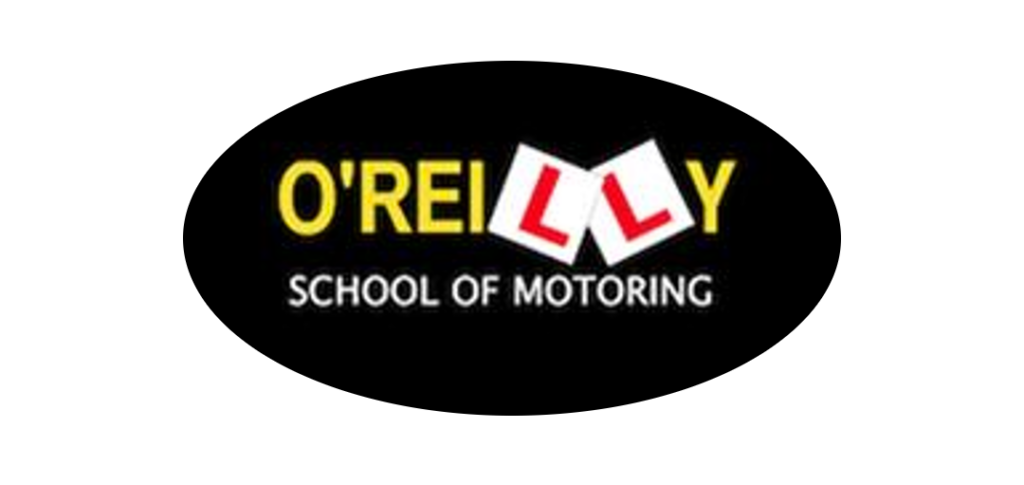Motorbike lesson vs. self-teaching: which is better?
Motorbike lesson vs. self-teaching: which is better?
September 28, 2023 No Comments on Motorbike lesson vs. self-teaching: which is better?Learning to ride a motorbike can be super exciting! Zooming down the open road with the wind in your hair is a dream for many. But before you can do that, you need to learn how to ride safely. The big question is: should you take motorbike lessons from a professional instructor or try to teach yourself? Let’s explore both options to find out which one might be better for you.
Motorbike Lessons with a Professional Instructor:
What is it?
Motorbike lessons with a professional instructor mean you sign up for classes with someone who knows all the ins and outs of riding a motorbike safely. These instructors are like teachers, but specifically for motorbike riding.
Why it’s good:
Safety First: Instructors are experts in motorbike safety. They can teach you how to stay safe on the road and avoid accidents.
Step-by-Step Learning: They break down the learning process into easy-to-follow steps. You’ll start with the basics and gradually build your skills.
Pro Tips: Instructors can share their years of experience and give you tips and tricks you won’t find in a manual.
Practice Grounds: Most motorbike schools have a safe practice area where you can learn without the stress of traffic.
Official Certification: Completing a course often earns you an official certificate, which might help with insurance or legal requirements.
Why it might not be for you:
Cost: Professional lessons can be expensive, and you’ll need to pay for the course and any gear you don’t already have.
Time Commitment: You’ll need to follow a set schedule for your lessons, which may not be flexible.
Nerves: Some people feel nervous or anxious learning in a formal setting with an instructor watching their every move.
Self-Teaching:
What is it?
Self-teaching means you try to learn to ride a motorbike on your own. You might use books, online videos, or advice from friends to figure things out.
Why it’s good:
Flexibility: You can go at your own pace. If you’re a fast learner, you can move on quickly. If you need more time, that’s okay too.
Cost: Self-teaching can be cheaper since you don’t have to pay for professional lessons.
Comfort: Some people feel more relaxed learning without the pressure of an instructor.
Why it might not be for you:
Safety Risks: Without proper guidance, you might miss important safety tips that could save your life.
Bad Habits: You could develop bad riding habits that are tough to break later.
Limited Resources: Self-teaching materials might not cover everything you need to know.
No Certification: You won’t get an official certificate, which could be a problem if you need one for legal or insurance reasons.
So, Which Is Better?
The answer isn’t the same for everyone. It depends on your learning style, budget, and comfort level.
Choose Professional Lessons If:
You want to be a very safe rider.
You like structured learning.
You can afford the cost.
You need an official certificate.
Choose Self-Teaching If:
You’re a confident and independent learner.
You’re on a tight budget.
You want to learn at your own pace.
You’re okay with not having official certification.
Some Tips Regardless of Your Choice:
Safety First: Always wear protective gear like a helmet, gloves, and proper clothing.
Practice: Whether you’re taking lessons or self-teaching, practice regularly to build your skills.
Stay Informed: Keep up with motorbike safety rules and regulations in your area.
Ask for Help: Don’t hesitate to seek advice from experienced riders if you’re stuck or unsure.
In the end, the most important thing is to become a safe and responsible motorbike rider. So, choose the path that suits you best, but never skip on safety. Happy riding!

Leave a comment